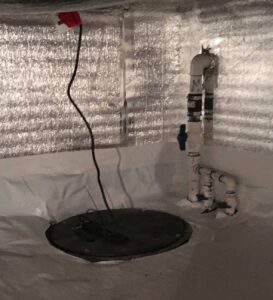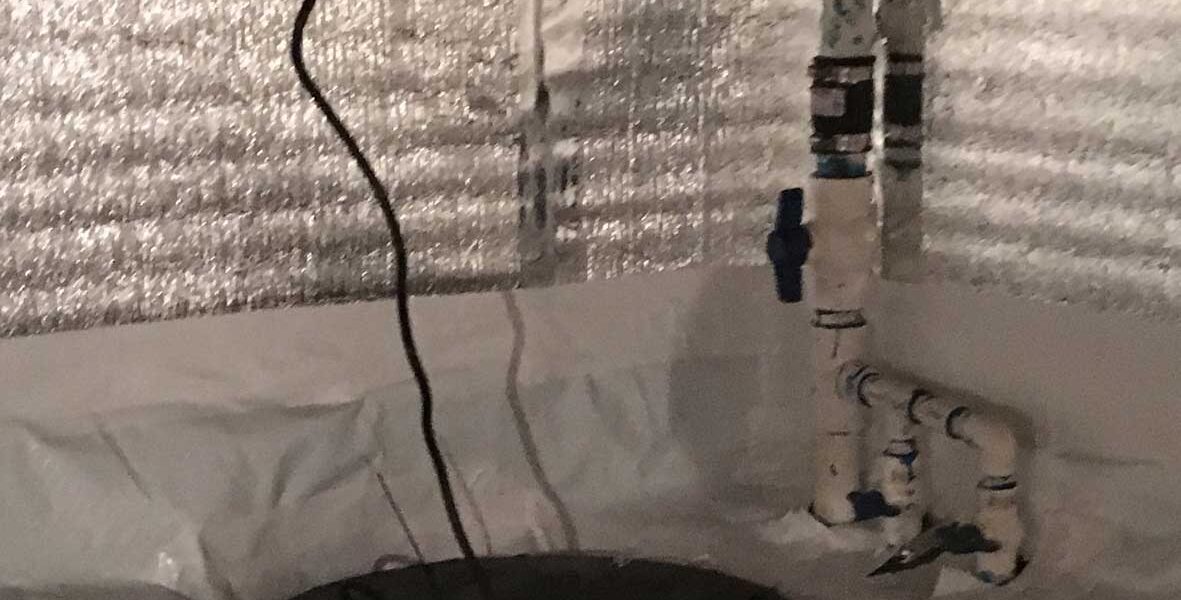Basement condensation
- May 25, 2023
- No Comments
Basement condensation can be your worst nightmare, causing dampness, mold, and potential structural damage to your property. As a homeowner, you want to protect your investment and ensure a healthy living environment for your family. That’s where Value Dry Waterproofing comes in.
With over 20+ years of experience, they provide expert solutions for preventing and fixing wet basements, ensuring your home remains safe and comfortable. Here’s a quick walkthrough on basement condensation, its causes, prevention methods, and when to call in the experts.
Is condensation in basement normal?
Basement condensation is common when warm, humid air contacts cool surfaces, causing moisture to form. Homeowners often mistake this for wall leakage, but it’s a natural result of warm air meeting cool basement surfaces. However, excessive condensation can be a sign of a moisture problem, such as poor ventilation or water intrusion.
It is important to monitor the condensation level in your basement and address any underlying issues to prevent damage to the structure or mold or mildew growth. Be sure to differentiate between foundation leaks and condensation.
How do you stop condensation on concrete walls?
To stop condensation on concrete walls, you must first find the source of basement moisture. Several steps can be taken to lessen unwanted moisture, such as increasing ventilation, reducing excess humidity, and sealing foundation cracks. For a permanent solution, contact basement waterproofing specialists to determine the exact cause of your wet basement walls.
Condensation on concrete walls in a basement can be a common issue, but it’s important to address it properly to prevent further damage. One of the first steps to stopping condensation is to identify the sources of basement moisture. This can involve examining the foundation and walls for cracks or leaks and ensuring proper ventilation.
Increasing ventilation and reducing excess humidity helps minimize the amount of condensation that forms on the walls. However, for a more permanent solution, it may be necessary to contact basement waterproofing experts who can evaluate the specific situation and provide a tailored solution.

Our waterproofing experts will determine the exact cause of your water penetration and recommend solutions, such as installing a vapor barrier, sump pump installation, or excavating around the foundation to address drainage issues.
By managing condensation on foundation walls and floors, you can prevent further damage, costly repairs and maintain a safe and healthy living environment.
When should I be worried about moisture in my basement?
You should be concerned about moisture in your basement if you notice persistent dampness on the basement walls or floor. Aside from this, be on the lookout for:
- Mold growth: Mold thrives in moist environments and can cause respiratory health issues if unchecked. Often, a mold or mildew problem is accompanied by a musty smell in basement.
- Water stains or damage: Visible water stains or damage to walls, floors, or ceilings indicate excessive moisture that can lead to structural issues.
- Peeling paint: Water droplets on the ceiling or walls weaken the bond between the surface and the paint on your finished basement, causing it to peel.
- Warped or rotting wood: If you find wooden structures or furniture in your basement that are warped or rotting, it’s a strong indication of excess moisture and a sign you should act fast to fix it.
How much moisture is too high in the basement?
Mold growth in the basement is commonly caused by high humidity levels. When the relative humidity surpasses 80%, mold and mildew can thrive. To prevent this, it’s important to maintain relative humidity levels below 50% in both finished and unfinished basements.
Keeping humidity in check can help prevent mold growth and ensure a healthy living environment. When the air is warm and humid, the moisture level in the basement can rise, providing an ideal environment for mold and mildew to thrive.
High humidity can cause mold growth and various other issues, such as musty odors and damage to household items. To keep humidity levels under control, it’s important to have proper ventilation, which can include adjusting crawl space vents, using a dehumidifier, or running fans to improve air circulation.
Additionally, sealing any cracks in walls or floors can help prevent excess moisture from entering the basement. These preventative measures can help ensure a dry, mold-free basement and a healthier living space.
Is 70 humidity in the basement too high?
Yes, a humidity level of 70% in your basement is considered too high. High humidity levels can create an environment conducive to mold growth, musty odors, and potential damage to your property and belongings.
When the humidity level in your basement is at 70%, it is important to take action to reduce the moisture. If left unchecked, high humidity levels can lead to mold growth, which can cause a range of health problems and damage to your home.
Additionally, excess moisture can result in structural damage to your home’s foundation and support beams. It’s essential to regularly monitor the humidity levels in your basement or crawl space and take corrective measures to keep it at or below 50% for a safe, healthy living environment.
How to fix basement condensation
To reduce excessive moisture levels in the basement, eliminate internal moisture sources, such as humidifiers, and ensure proper ventilation of other sources, such as clothes dryers and bathroom fans. Avoid ventilating the basement with warm, humid air when dealing with summer condensation, as this can increase moisture levels.
These simple and cost-effective measures can help prevent moisture buildup, minimize the risk of mold growth, and ensure a dry, comfortable living space. While these approaches may help you avoid or keep the problem from worsening, it doesn’t quite fix it.
You must deal with the source of moisture to avoid recurrence. Ideal solutions include:
- Basement waterproofing – waterproofing involves managing the hydrostatic pressure that causes foundation seepage.
- Seal and insulate – insulate plumbing pipes and seal around basement windows and doors. The exact approach depends on the cause of condensation.
- Basement dehumidification or ventilation – a dehumidifier or ventilation device helps manage excess water vapor and keep humidity levels healthy regardless of what’s happening in your basement.
- Mold and mildew removal – removing mildew or mold clears the path for other solutions. It also can alleviate allergic symptoms and lower the risk of developing respiratory health issues.
Contact the basement waterproofing experts
If you’re facing basement condensation issues and need professional assistance, don’t hesitate to contact the experts at Value Dry Waterproofing. With our extensive experience and knowledge in the waterproofing industry, we provide tailored solutions to keep your basement dry and healthy.
Contact Value Dry Waterproofing at (888) 251-7652 to discuss your concerns and schedule an inspection today.


